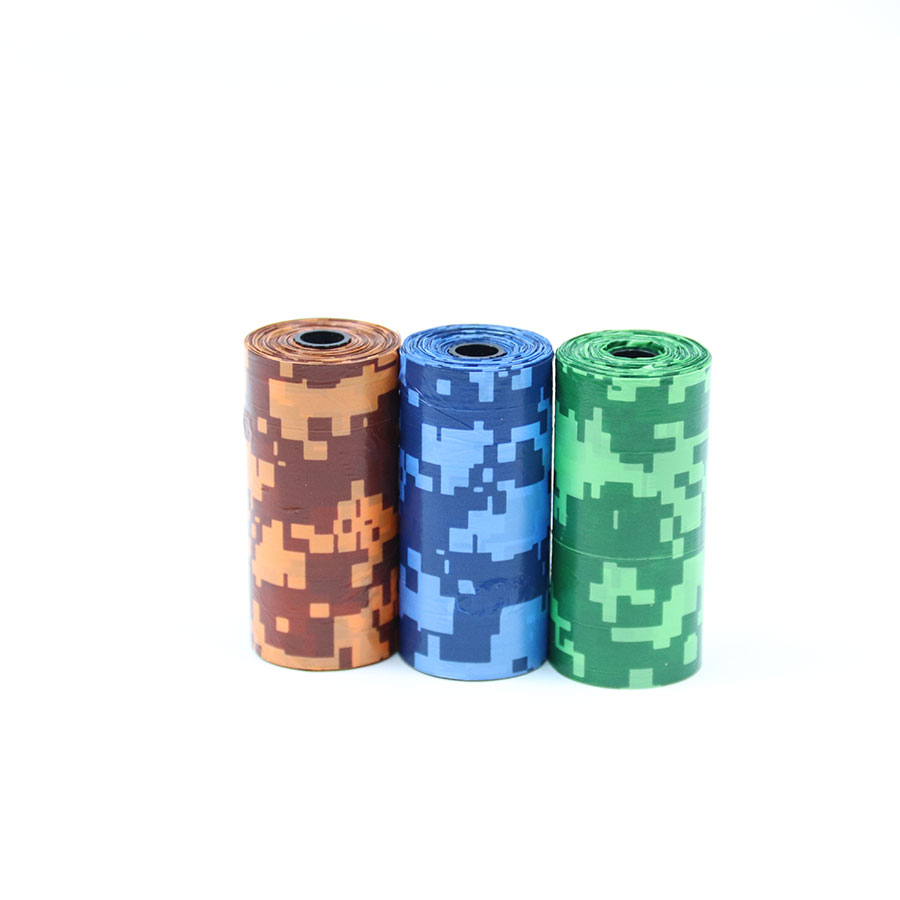The blown film process is as follows:
Material hopper plastification extrusion blow traction air ring cooling spline traction roller pulling corona treatment film winding
Because the performance of blown film has a great relationship with the production process parameters, therefore, in the blown film process, it is necessary to strengthen the control of process parameters, standardize the process operation, ensure the smooth progress of production, and obtain high-quality thin film products. . In the production process of polyethylene blown film, the following process parameters are mainly controlled:
1. Extruder temperature
When low-density polyethylene (LDPE) film is blown, the extrusion temperature is generally controlled between 160° C. and 170° C., and the head temperature must be uniform, the extrusion temperature is too high, the resin is easily decomposed, and the film is brittle. The longitudinal tensile strength is significantly decreased; when the temperature is too low, the resin is poorly plasticized, and the film cannot be stretched and drawn in a smooth manner. The film has a low tensile strength, and the surface is poor in gloss and transparency, and even appears like a wood ring. Pattern and unmelted crystal nuclei (fish eyes).
2. Blow-up ratio
The blow-up ratio is one of the control points of the blown film production process and refers to the ratio between the diameter of the bubble after inflation and the uninflated ring diameter. The blow-up ratio is the lateral expansion ratio of the film. In fact, the film is stretched in the transverse direction. The stretching will have a certain degree of orientation effect on the plastic molecules, and the blow-up ratio will increase, thereby increasing the transverse strength of the film. However, the blow-up ratio must not be too large. Otherwise, the bubble is liable to be unstable, and the film is prone to wrinkles. Therefore, the blow-up ratio should be properly matched with the traction ratio. In general, the inflation ratio of the low-density polyethylene (LDPE) film should be controlled at 2.5 to 3.0.
3. Traction ratio
The draw ratio refers to the ratio between the pulling speed of the film and the extrusion speed of the tube ring. Traction ratio is the longitudinal stretching ratio, so that the film has a directional effect in the direction of extraction. When the traction ratio increases, the longitudinal strength also increases, and the thickness of the thin film becomes thin. However, if the traction ratio is too large, the thickness of the thin film is difficult to control, and there is a possibility that the thin film will be broken, resulting in a broken film phenomenon. The traction ratio of low density polyethylene (LDPE) film is generally controlled between 4 and 6.
